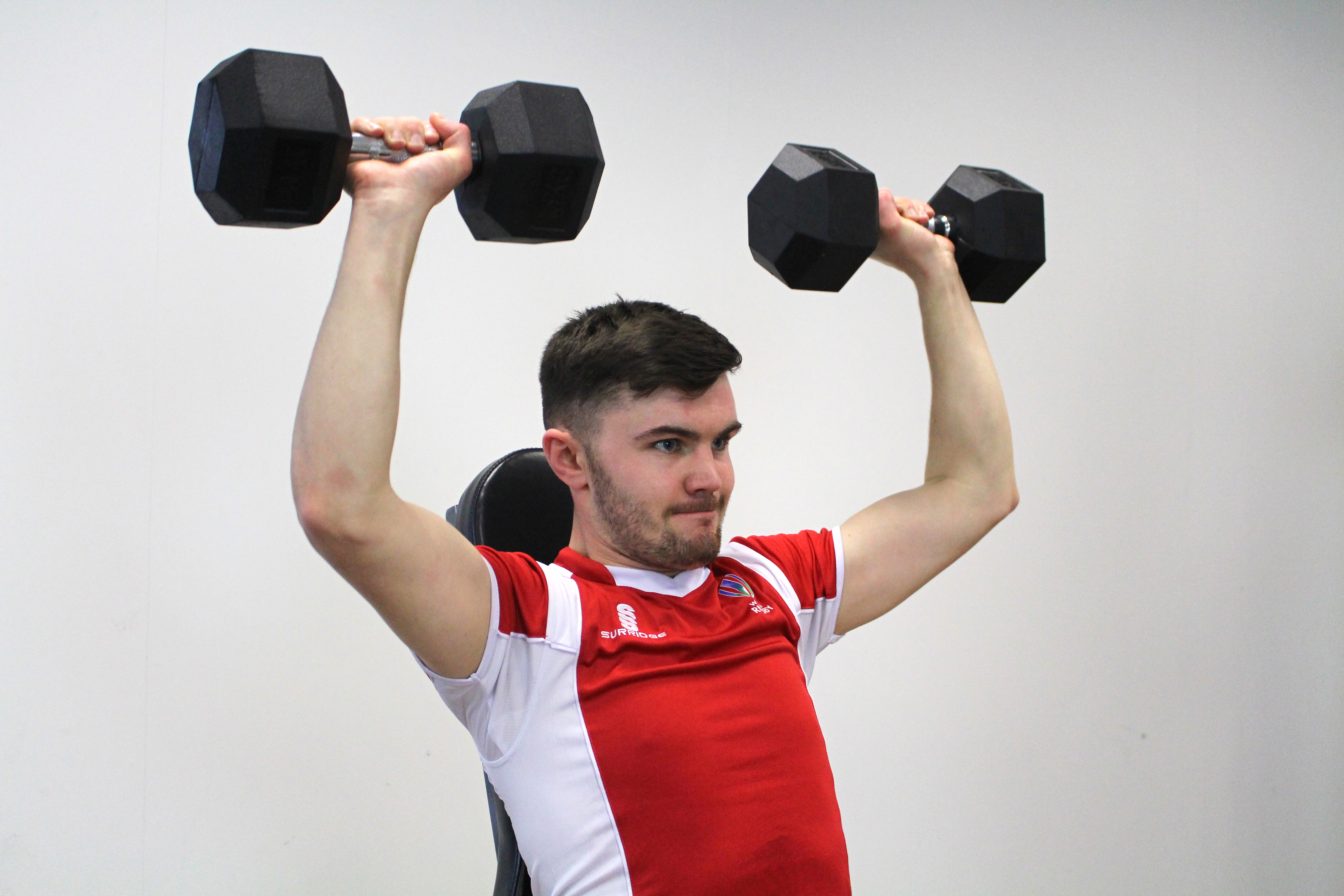Resistance training for size

Size is an important attribute in rugby given the physical collision based demands of the game. As force is equal to mass (size) multiplied by acceleration, when a player enters a collision, the bigger that player is, the more collision force they can generate. This could make the difference between breaking a tackle or being tackled. A six-kilogram difference on average was observed between international and provincial New Zealand sevens players when body mass was measured. Fat mass was also lower in the international players compared to their provincial counterparts which indicates that the international players had more muscle mass (Ross et al, 2015). In a study of the Italian second division, first division and international players it was shown that on average for every position the international players had greater fat-free body mass compared to the first and second division players (Fontana et al, 2015). As the level of rugby improves it appears that the fat-free mass of the players increases. This indicates that gaining size by increasing muscle mass and not fat mass will help improve the playing ability of the rugby player.
The increase in the size of a muscle in response to resistance training is called hypertrophy (Zatsiorsky and Kraemer,2006). Hypertrophy is an adaptation of the muscle to reduce the effort required to overcome the resistance. The increase in size means that the muscle can now produce increased force making it much easier to overcome the resistance.
When a muscle can produce increased force, the player is now stronger and this should transfer into improved performance on the field. The increase in size and muscle mass may also have a protective effect against injury.
Hypertrophy training is usually more prominent in the pre-season as during the in-season. The high volume and fatiguing nature of hypertrophy training means it is often better suited to pre-season when players are trying to build a good fitness base before the season starts.
Some guidelines for weight training with hypertrophy as the main goal are as follows (NSCA, 2008):
- Use 3-6 sets per exercise
- 6-12 repetitions per set
- Rest time between sets 1-3 minutes
- Load should be between 50-85% of the maximum lift
- Multi-joint exercises like the squat, pull-up, shoulder press etc. should be used when suitable instead of isolation exercises such as bicep curls, leg extensions etc.
- Each set should be hard to complete and the player should be aiming for a few repetitions short of muscle failure. The muscles need to be fatigued to adapt and grow. If the weight is too light and the sets are not causing enough fatigue then more weight should be added